 |
Early Humans Image Gallery |
|---|
| www.studenthandouts.com > World History > Early Humans > Early Humans Maps and Pictures |
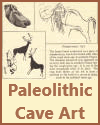 |
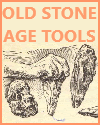 |
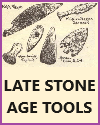 |
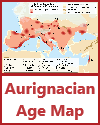 |
|||||||
| Prehistoric Cave Art | Paleolithic Tools | Implements of the Polished Stone Age | Map of the Aurignacian Age in Europe |
 |
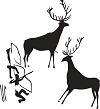 |
 |
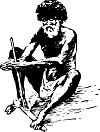 |
 |
||||||
| JPG PNG SVG | JPG PNG SVG | JPG PNG SVG | JPG PNG SVG | JPG PNG SVG |
 |
 |
 |
 |
|||||||
| JPG PNG SVG | JPG PNG SVG | JPG PNG SVG | JPG PNG SVG | JPG PNG SVG |
 |
 |
|||||||||
| JPG PNG SVG | JPG PNG SVG |
|
Cave paintings provide valuable insight into the lives of prehistoric people for several reasons.
Artistic Expression: Cave paintings reveal the artistic and creative abilities of prehistoric humans. These artworks showcase their talent and capacity for self-expression, demonstrating that early humans had the desire and capability to create art. Cultural and Religious Practices: Many cave paintings depict scenes related to rituals, ceremonies, and religious beliefs. These images offer glimpses into the spiritual and cultural aspects of prehistoric societies. For example, paintings of animals might be associated with hunting rituals or spiritual symbolism. 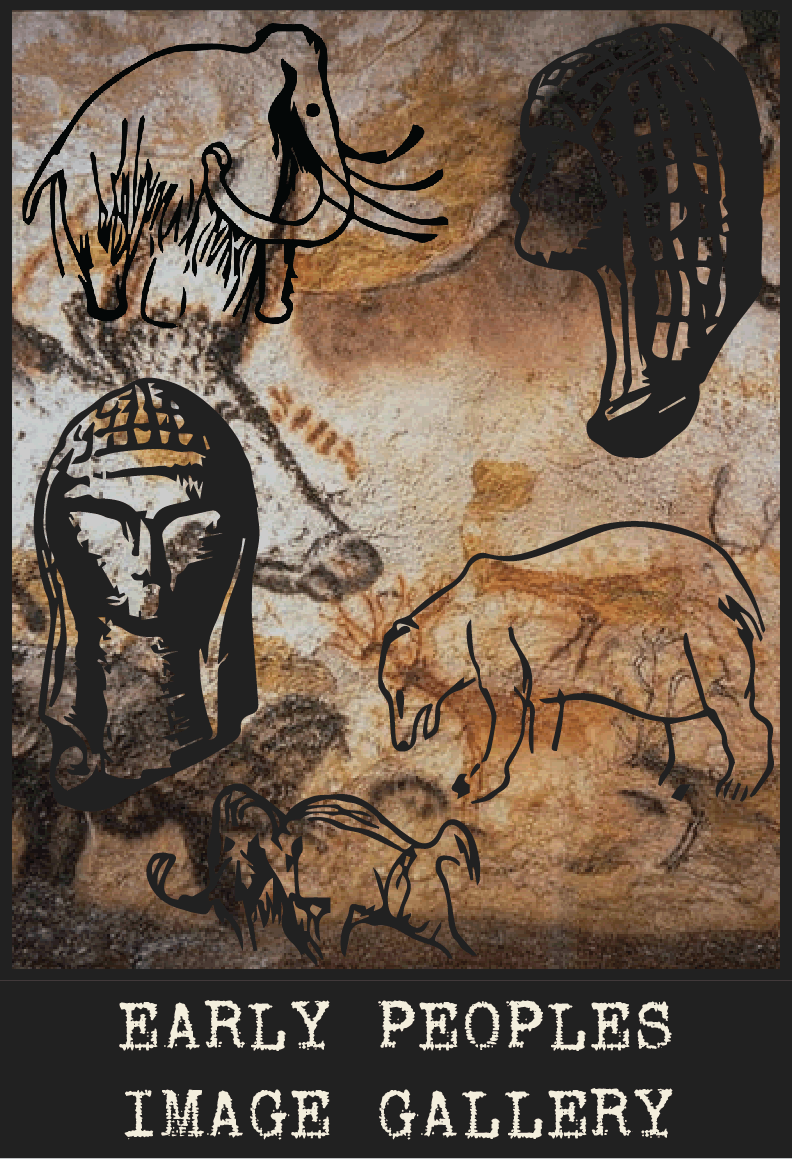 Hunting and Survival: Cave paintings frequently feature animals, including the species that early humans encountered and hunted. The accurate depictions of these animals, along with hunting scenes, provide information about the fauna present during that time and the hunting techniques used.
Hunting and Survival: Cave paintings frequently feature animals, including the species that early humans encountered and hunted. The accurate depictions of these animals, along with hunting scenes, provide information about the fauna present during that time and the hunting techniques used.
Technological Advancement: Some cave paintings illustrate early humans' technological advancements. For instance, paintings of hunting tools and weapons may indicate the level of technological sophistication achieved by these societies. Social Structure: Cave paintings sometimes include depictions of humans engaging in communal activities, suggesting social structures and group dynamics. This can provide insight into how prehistoric societies organized themselves and interacted with one another. Climate and Environment: Paintings of landscapes and natural elements, such as rivers or trees, can offer clues about the climate and environment in which these people lived. These details can help researchers reconstruct the prehistoric landscape. Chronology and Evolution: Studying the development and styles of cave art across different time periods allows archaeologists and anthropologists to trace the evolution of artistic techniques and potentially infer the chronological progression of prehistoric societies. Geographic Distribution: Cave paintings are found in various regions across the world, providing a global perspective on prehistoric cultures. Comparing cave art from different geographic locations can reveal both shared and distinct aspects of these ancient societies. Symbolism and Communication: Cave paintings often incorporate symbols and abstract forms that may have held significant meanings for prehistoric people. Analyzing these symbols can shed light on their communication systems and symbolism. Daily Life: Some cave paintings depict scenes of everyday life, such as cooking, gathering, or family activities. These depictions offer insight into the daily routines and practices of prehistoric communities. Environmental Impact: Analyzing the preservation of cave paintings can yield information about the environmental conditions at the time they were created. Preservation or deterioration of paintings may be linked to factors like climate, humidity, or human activity. Cave paintings provide a window into the lives, cultures, and environments of prehistoric people. They serve as a unique and invaluable record of the past, allowing researchers to piece together a more comprehensive understanding of the societies that existed long before written records were established. |
| Early Humans Books and Films | Early Humans Outlines and PowerPoints |
| Early Humans Maps and Pictures | Early Humans Study Games |
| Early Humans Miscellany | Early Humans Worksheets |






